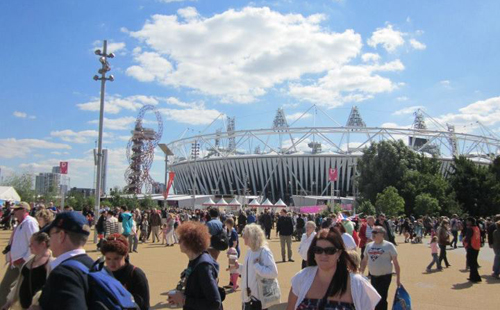Written by:
Monday’s London parade marked the end of our Olympic summer. I think that all said, we Brits are pretty pleased with how it’s gone. We delivered a Games to be proud of in a series of sports venues in both established and treasured London destinations, and in our spanking new Olympic Park and sports arenas.
We are now keen to see what the much talked about legacy well be.
In terms of the physical transformation of an area, and of placemaking, I think that one of the greatest challenges is how to transform what has effectively been a gated community and series of highly secured event spaces, into a healthy and sustainable neighbourhood and a living, breathing part of the city in which it sits. There will need to be a sustainable mix of public realm, accessible and inclusive facilities and amenities and the right balance of private and social housing. Even more challenging, is how this new neighbourhood will weave into the local context around it.
I lived in East London throughout the development of the Olympic Park and Village, and despite living just down the road from it, I confess that I did not feel part of the incredible change taking place on the Olympic site. I saw the presence of builders, even felt excitement at the distinctive shape of the velodrome and other buildings emerging on the skyline. However, I still have not felt a sense of how I will interact with this significant area once the Olympics are over. I know that the canal network has been vastly improved, and that that large areas of green space and public realm will link the emerging neighbourhood to those around it, but I don’t yet know how I will be allowed and encouraged to move through it.
As the security required for the successful management of the Games gives way to the apportionment of public and private buildings and spaces, what will be handed to local residents, schools, businesses and what to the asset base shared by all Londoners, by all Brits, by visiting tourists? Which elements will maintain the long-term investment and oversight of those who developed them, and which will be handed over to the public, private and community sectors to take on a new life of their own?
This is where an honest exploration of what makes places work will be crucial. The legacy is not just about the buildings and spaces left behind. It is about the collaborative relationships that support and enliven a neighbourhood, that link it to neighbouring areas as an extension of their own locality, as a destination and as a connector to neighbourhoods beyond.
No place is finished when the builders move out. Let’s seize what is a real opportunity to integrate what was a fantastic show piece into diverse and complicated everyday life.
Let the conversation begin!

